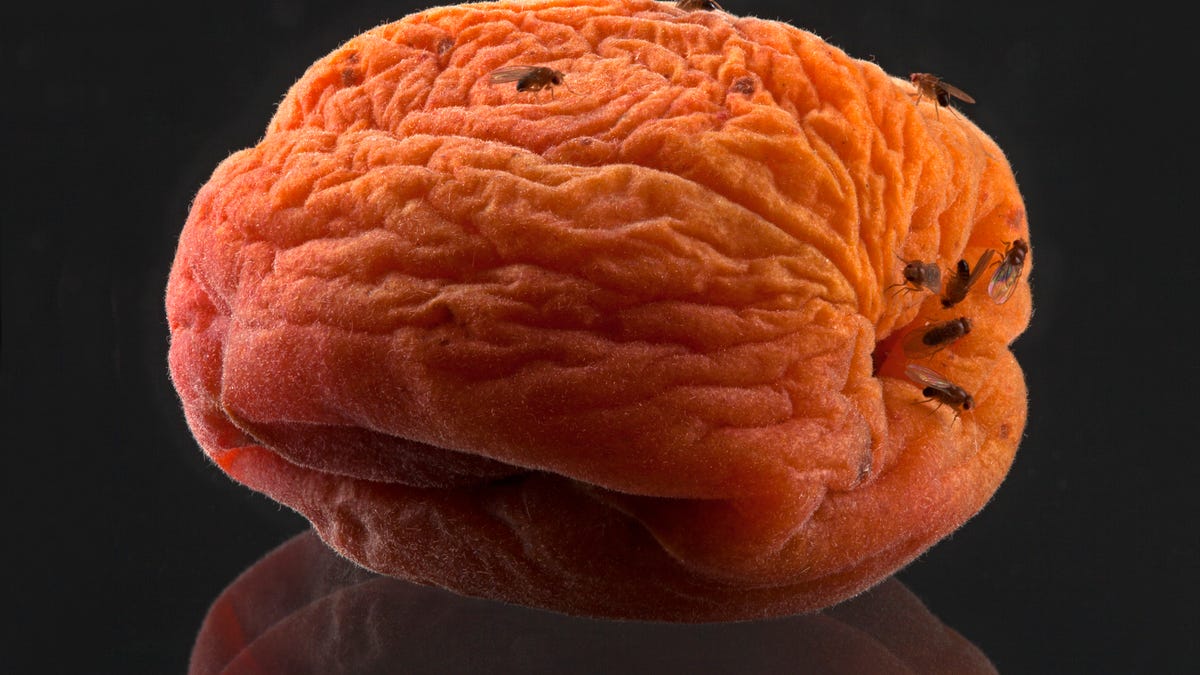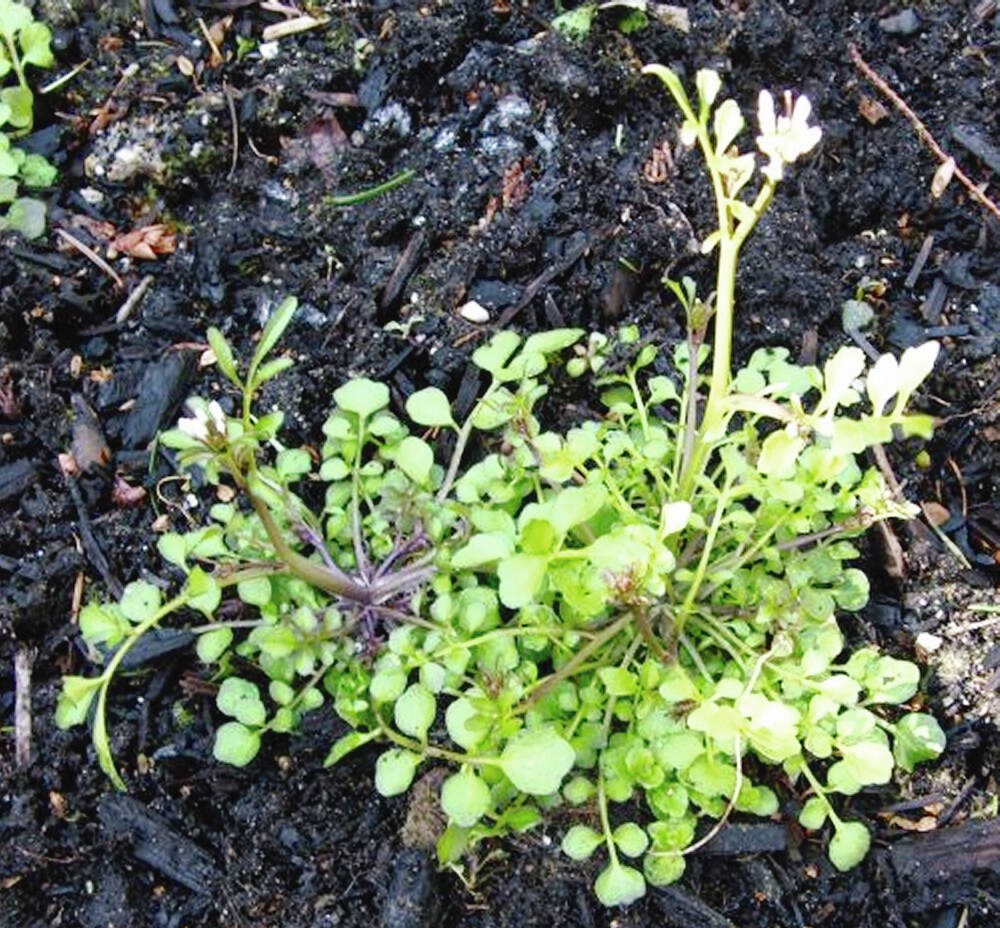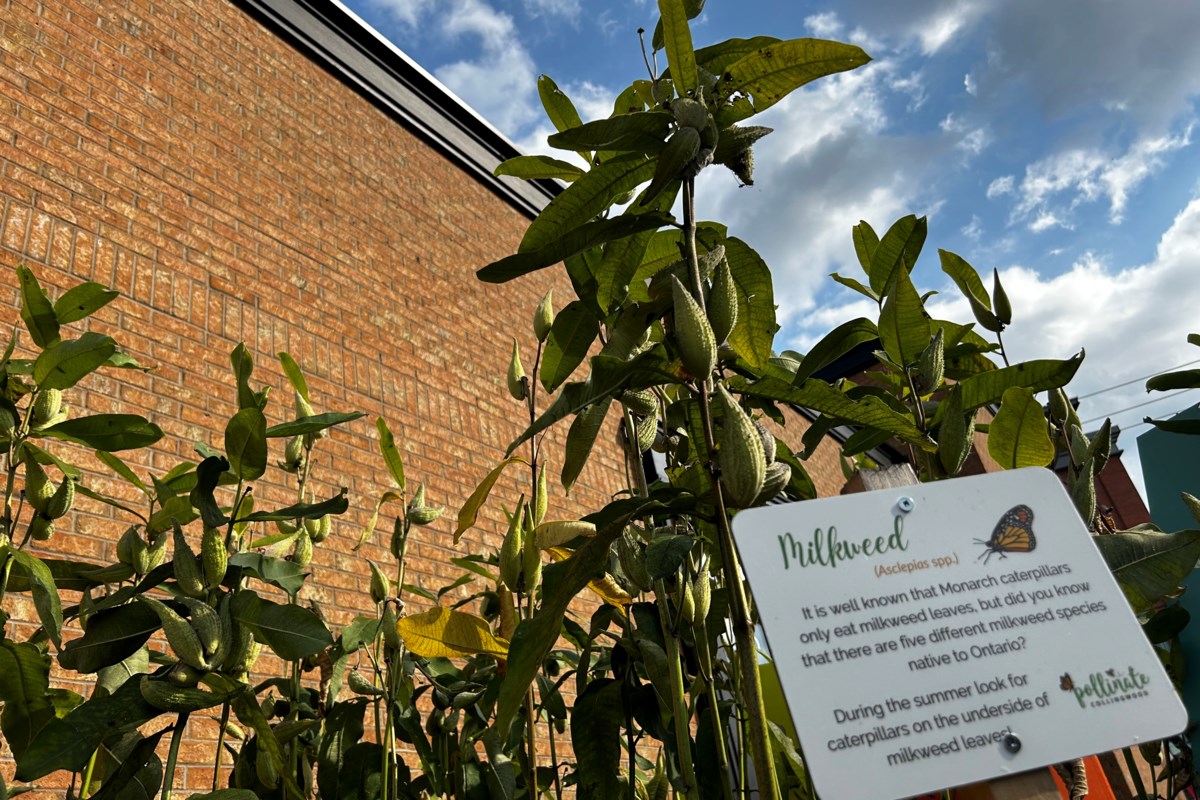Table of Contents
Jim Enote, 66, has been planting a classic Zuni waffle yard (or hek’ko:we in the Zuni language) considering the fact that ahead of he could wander.
“My grandma mentioned I begun planting when I was an toddler tied to a cradleboard,” said Enote, who grew up on the h2o-scarce Zuni Pueblo on the southeastern edge of the Colorado plateau. “She put seeds in my little one palms, and I dropped seeds into a gap.”
Enote has ongoing this historical garden design, creating rows of sunken squares surrounded by adobe walls that capture and keep water like pools of syrup in a massive earthen waffle. The sustainable style guards crops from wind, cuts down erosion and conserves h2o.
“Water is scarce right here and turning into a lot more so each year,” claimed Enote, referring to the growing drought and heat prompted by climate change. “So, I continue on planting waffle gardens.”
Prior to European settlers traveled to the American West, Indigenous individuals managed the landscape of northern California with “cultural burns” to make improvements to soil good quality, spur the progress of particular plants, and create a “healthy and resilient landscape,” according to the National Park Services.
“The Karuk have made a romance with fire above the millennia to sustain and steward a well balanced ecosystem,” claimed Bill Tripp, director of pure assets and environmental plan for the Karuk Tribe. “A good part of the sources that we rely on, in the normal surroundings, are dependent on fire.”
But in the mid-19th century, Indigenous burning was outlawed. Not only did that induce the Karuk to reduce a very important portion of their tradition, but also, it invited perhaps even worse wildfires. The burns experienced minimized the sum of fuel accidental fires feed on.
“They [forestry agencies] suppressed hearth for so prolonged we’re enduring these substantial burns,” reported Tripp. A 2023 analyze revealed by the Proceedings of the National Academy of Sciences located that 10 of the major wildfires in California’s history occurred in the past 20 several years.
“And, of course, they’re [fires] staying exacerbated by local climate alter,” he mentioned.
Recommended burning has returned as point out and federal agencies figure out the importance of fire in taking care of forests. In 2022, California handed legislation affirming the appropriate to cultural hearth and is looking at a further monthly bill (backed by the Karuk Tribe) to decrease the obstacles to cultural burns on tribal lands.
According to the Karuk Tribe, “Passage of this bill would be an act of cultural and environmental justice.”
In New Mexico, there are 700 working acequias, generations-aged neighborhood irrigation units that have helped the parched point out establish h2o resilience.
These acequias — a layout from North African, Spanish and Indigenous traditions — were being founded in the course of the 1600s. The identify can refer to both the gravity-fed ditches loaded with h2o and the farmers who collectively control water. Contrary to massive-scale irrigation units, water seepage from unlined acequias can help replenish the h2o desk and decrease aridification by incorporating drinking water to the landscape. The earthen ditches mimic seasonal streams and develop riparian habitats for several native species.
“For just one, it’s a quite great and sustainable technique to consider drinking water from one resource and set it into the neighborhood,” said Jorge Garcia, govt director of the Centre for Social Sustainable Units and secretary of the South Valley Regional Association of Acequias. “Without acequias, none of those people ecosystems would exist in the way we know them now.”
“We want to maintain those know-how units, in particular if we keep on by way of dry a long time,” explained Garcia. “We’re going to want all of that to endure.”
The primary carbon seize know-how
U.S. forests are carbon sinks, sequestering up to 10 percent of nationwide CO2 emissions. Indigenous forestry can play a significant function in decreasing world-wide warming by restoring biodiversity and overall health to these ecosystems, including the administration of culturally major plants, animals and fungi that add to healthier soil.
“We know that most of the carbon in the forest is stored in the soil, and healthy soil relies upon on range,” said Stephanie Gutierrez, a member of the San Carlos Apache Tribe and the forests and group application director for Ecotrust. “So, when forests are managed for a range of species or function and administration results, this will direct to superior climate outcomes as perfectly.”
Nonetheless tribal forestry continues to be severely underfunded and underutilized on public lands. Indigenous Hawaiians are reintroducing ancient foods forests at the time wrecked by overgrazing, logging and professional agriculture. These biodiverse edible forests boost food items safety and develop nutrient-dense soils that sequester carbon.
“Just think about that probable if we executed tribal forestry procedures on [not just] tribally owned lands. Adjacent landowners, community forests, national and point out forests and parks really should also perform with tribes to integrate their methods,” Gutierrez explained.
The Hopi nation in Arizona receives an average of 10 inches of rain for every 12 months — a third of what crop researchers say is needed to mature corn correctly. Nevertheless Hopi farmers have been cultivating corn and other conventional crops with no irrigation for millennia, relying on standard ecological knowledge rooted in daily life in the high desert.
“I like to contact conventional ecological know-how the issues my grandfather taught me,” claimed Michael Kotutwa Johnson, a Hopi dryland farmer and educational. Hopi farming practices include passive rainwater harvesting, myriad approaches to retain soil dampness, and a reliance on regular seed varieties superbly adapted to the desert.
“The point we are equipped to elevate crops these as maize with only 6 to 10 inches of precipitation as opposed to the regular 33 inches of precipitation is outstanding,” Johnson reported.
As local weather transform drives enhanced drought and heat in the location, Johnson seems to be to the expertise and tactics that have survived countless numbers of a long time of local climate extremes. “Our agriculture is built-in into our cultural belief program that has sustained us for millennia,” he reported.
In new many years, an Indigenous-led approach has started to restore salmon runs on the Klamath River.
The salmon started to vanish in 1918 when the initially of 5 dams blocked the route of the Chinook salmon as they created their way upstream to spawn.
“The river was lower in half,” explained the Yurok Fisheries Department Director Barry McCovey Jr. of the devastating impression the dam experienced on the salmon operates that Indigenous people depended on. Chinook salmon populations on the Klamath River have due to the fact declined by an approximated 90 percent because of to habitat reduction, very poor drinking water quality and weather transform.
“We’re seeing the procedure slowly and gradually heat up,” explained McCovey, detailing that elevated water temperatures can direct to enhanced sickness and poisonous algae blooms. “You layer climate modify on major [of habitat loss], and it’s not good news for salmon or just about anything that relies on a healthful river.”
Just after taking away the dams and applying a substantial river restoration, the salmon are returning. “The river, in its natural point out, had that local climate transform resiliency constructed into it,” McCovey mentioned.
Seventy-5 per cent of world crop range has been shed in the previous century, further threatening foods security as agriculture turns into ever more vulnerable to weather adjust.
“Our oral histories and the historical file demonstrate serious droughts,” stated Aaron Lowden, a seed keeper and classic farmer from the Acoma Pueblo, a village west of Albuquerque. “This is not the initially time they’ve [seeds] been stressed out.”
As former method director for Ancestral Lands and now Indigenous Seedkeepers Community system coordinator at the Native American Food items Sovereignty Alliance, Lowden has efficiently returned dozens of versions of traditional arid-tailored seeds this sort of as Acoma blue corn, Acoma pumpkin, Acoma melon and other crops to his pueblo.
For Lowden, building this biodiversity is equally a reaction to climate transform and a move in restoring the health and fitness and sovereignty of the Acoma people.
“Our individuals were being systemically taken off from these way of living techniques and methods,” reported Lowden, who has seen disproportionately increased prices of starvation, diet-linked sickness and food stuff insecurity in tribal communities. “For me, it is been trying to dismantle all of that.”
When Swinomish fisherman Joe Williams walked onto the shore of Skagit Bay in Washington to aid develop the initial modern-day clam yard in the United States, he was overwhelmed with a feeling of the previous and existing colliding. “It was magic, truly,” reported Williams, who also serves as the community liaison for the Swinomish tribe. “I could experience the existence of my ancestors.”
For thousands of yrs, the Swinomish crafted and maintained clam gardens on the coasts of the Pacific Northwest. They built rock terraces in low-tide traces to enhance shellfish output. The gardens also assistance the clams temperature the impacts of a switching local weather by moderating drinking water temperature and growing habitat threatened by climbing seas and ocean acidification.
“That was how [ancestors] presented food stuff for their communities, tending these gardens, residing by way of weather modify from then to now,” Williams claimed.
“We are rediscovering this way of lifestyle that sustained our people today by means of previous all-natural local weather alter occasions,” he stated. “We can make use of the playbook that our ancestors remaining us in conditions of adapting to a rapid-transforming setting.”
Local weather-good Indigenous layout
In the area of architecture, Indigenous expertise and technologies have extensive been overlooked. Julia Watson’s e-book “Lo—TEK: Structure by Radical Indigenism,” printed in 2019, examines Indigenous land management practices that characterize a catalogue of sustainable, adaptable and resilient design, from dwelling bridges ready to stand up to monsoons in northern India to man-built underground streams, called qanats, in what is now Iran.
“Gatekeeping how we technologically innovate for local weather resilience by the West can truly limit us,” Watson explained. “We’re on the lookout for answers that can adapt to local climate extremes and substantial fluctuations. These Indigenous systems developed from all those circumstances, molded by enormous fluctuations, intense fire activities, water and food stuff scarcity, and flood occasions.”
Some of the techniques and alternatives get the job done with nature in its place of attempting to conquer it.
“[Indigenous technologies] are really clever and seize the DNA of the ecosystem and communities,” Watson explained. “What’s amazingly refined is a technological know-how shaped by gentleman and character doing work collectively.”



:max_bytes(150000):strip_icc():focal(2999x0:3001x2)/peo-amazon-kitchen-outlet-tout-c1bf6635ec7b45b392a9d6340de5010a.jpg)





More Stories
The True Environmental Stakes of the 2024 Election
Can celebrities influence environmental issues? Experts weigh in.
On Earth Day, the Globe reflects on the journey of its green evolution